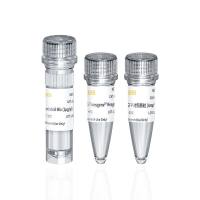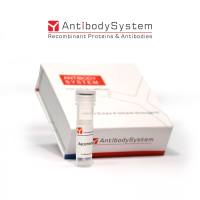Adenovirus DNA Packaging: Construction and Analysis of Viral Mutants
互联网
627
The selective packaging of adenovirus DNA into a capsid at late times after viral infection raises a number of interesting questions. How is the viral DNA specifically selected from the pool of viral and cellular DNA for encapsidation? Is the packaging process coordinated with viral DNA replication? What protein- protein and protein-DNA interactions are involved in this process? does the virus share a packaging mechanism with one or more of the well-characterized prokaryotic phages? The nonenveloped adenovirus particle contains a protein shell consisting of multiple proteins and a DNA-protein core. The adenovirus particle contains minimally 12 distinct virus-encoded proteins (1 ) (the structural proteins: hexon, penton, fiber, IIIa, VI, VIII, and IX; the core proteins: V, VII and μ; and the nonstructural proteins: proteinase and terminal protein). The virus capsid is assembled by the association of two different capsomeres: the hexon capsomere, composed of multiple (9–12) hexon molecules, and the penton capsomere, composed of five penton molecules and three fiber proteins. The hexon capsomeres assemble to form the 20 sides of the virion particle, whereas the penton capsomeres comprise the 12 vertices of the virion. The viral core is composed of the linear double-stranded DNA genome, with covalently linked terminal protein at each 5′ terminus, in association with three viral core proteins: V, VII, and u.









